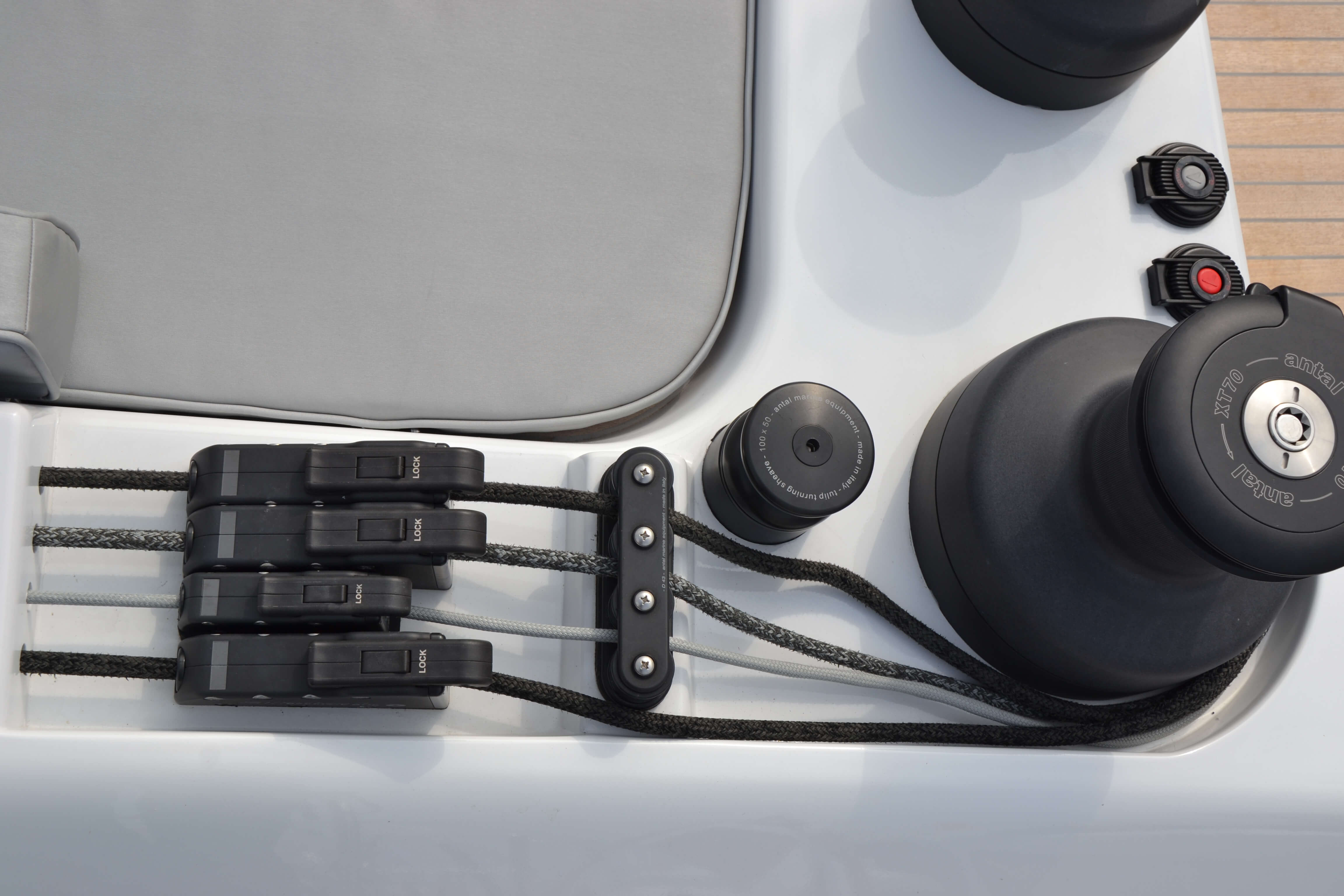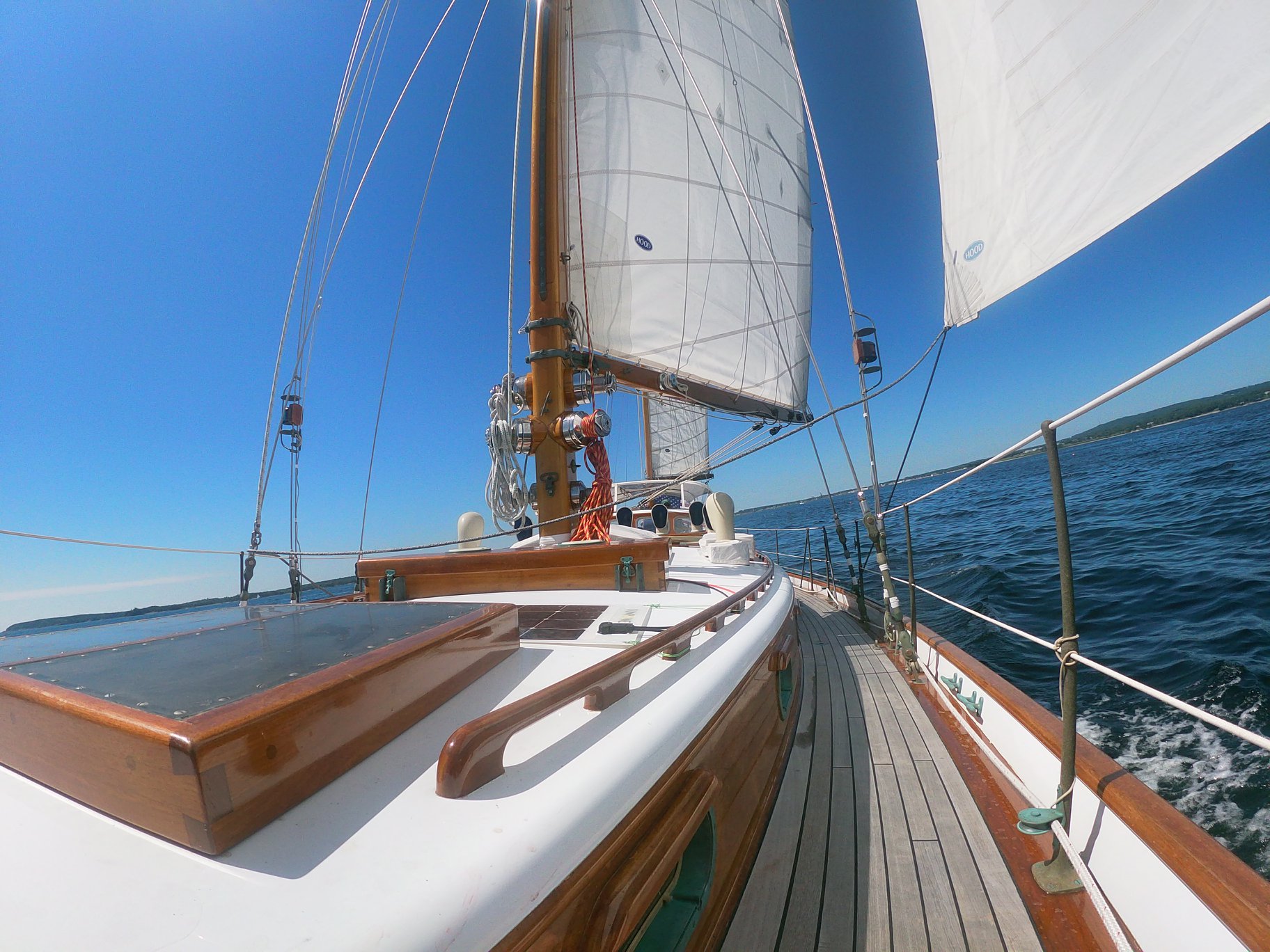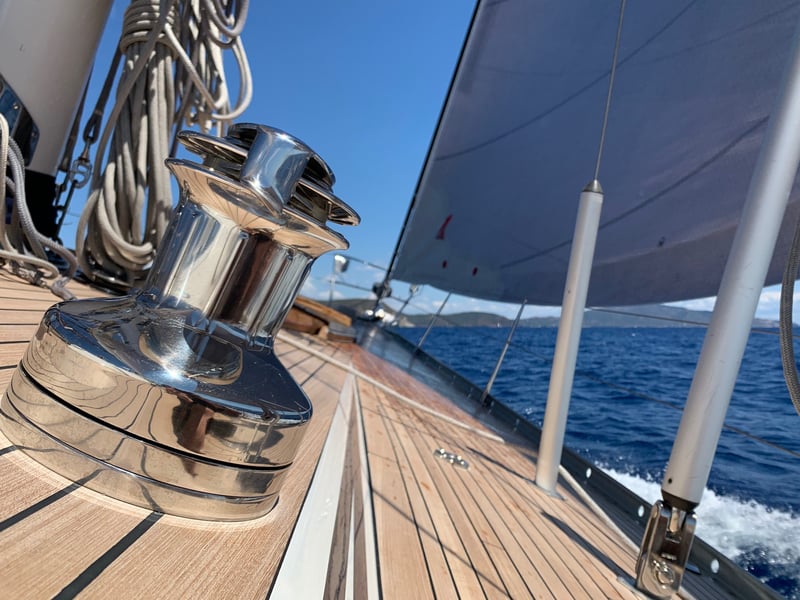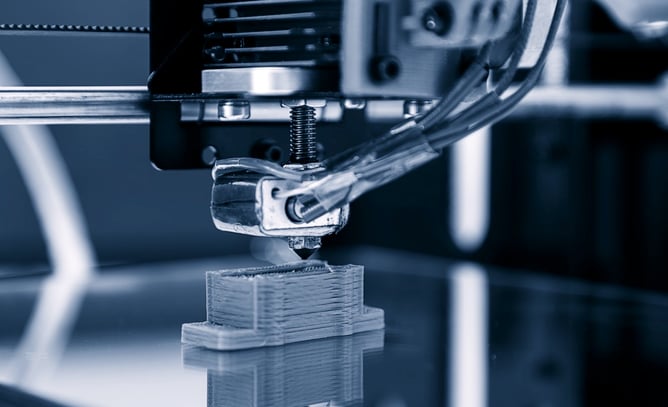
In a previous blog, we examined the manual winch range from Italian manufacturer Antal. Antal also offer an excellent selection of electric winches for cruising sailors, which we’ll take a look at in this blog.

In a previous blog, we examined the manual winch range from Italian manufacturer Antal. Antal also offer an excellent selection of electric winches for cruising sailors, which we’ll take a look at in this blog.

Photo Credit: © Andersen Winches
When choosing an electric winch, motor placement is a critical design decision. In a previous blog, we delved into the options, cross-examining the differences between a horizontal, vertical and compact motor placement.

Image © Axxon, via Mantagua
Lighter, faster and safer sailing is our mantra. Thus, we’re excited to launch our new product category - Navigation Lights – on Upffront.com, to keep you safe at sea.

© Andersen Winches
You’ve chosen to upgrade from a manual winch to an electric winch. Now, you need to decide on motor placement. This is a critical design decision which largely depends on your boats available space below deck. Ask yourself: ‘What is going to fit, and what is going to be the least work?’.

In recent years, 3D printing has revolutionised manufacturing processes. Expiring patents have caused 3D printing costs to plunge and quality to soar, granting opportunities for small-scale manufacturers to experiment – and excel – with 3D printing.
We spoke to Nicolas Goldenberg, founder of Morfrac Systems, to discuss how 3D printing has contributed to the success of their iconic product, the morfblock.

© Beneteau
Published Date: October 1 2024
Electric winches are becoming increasingly common. Used to reduce the strain of trimming and hoisting sails, electric winches make sailing more accessible; with strength no longer a barrier, it’s easy to sail short-handed or with minimal crew, share sailing with family and friends, plus prolong your time on the water for years to come.